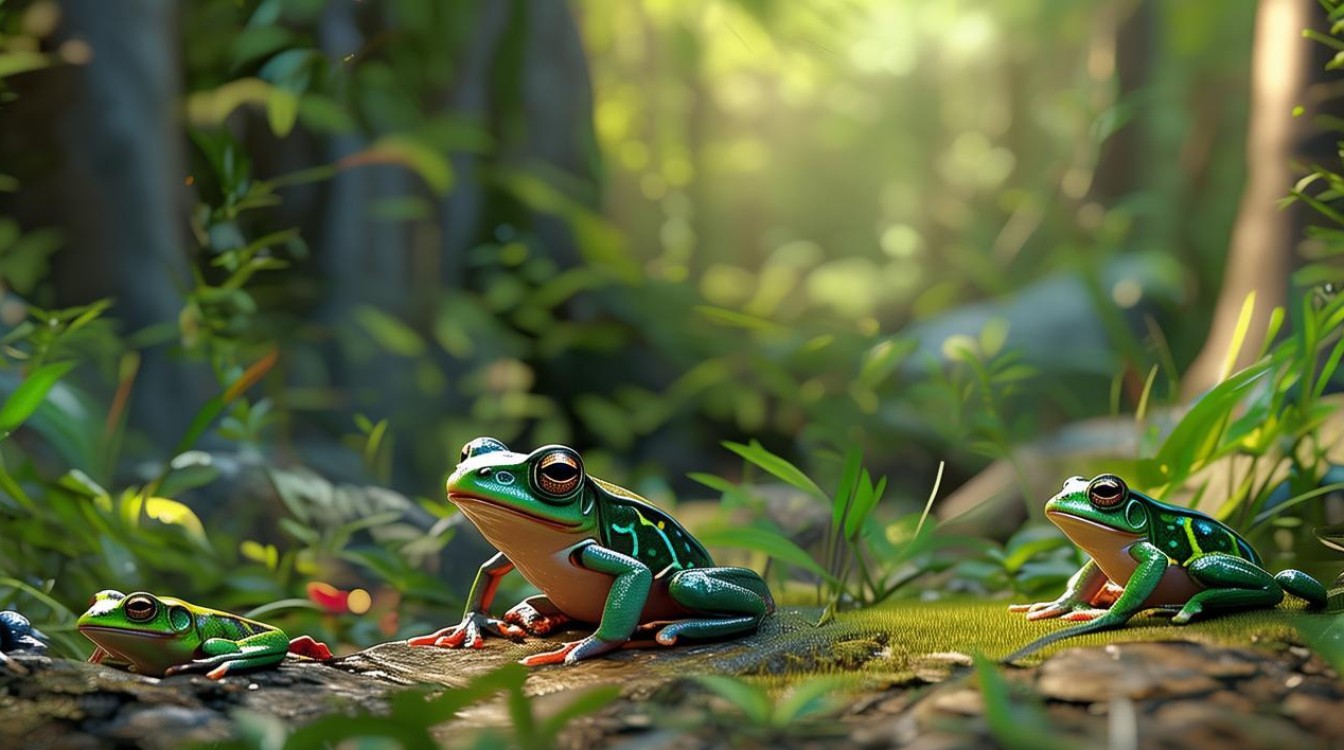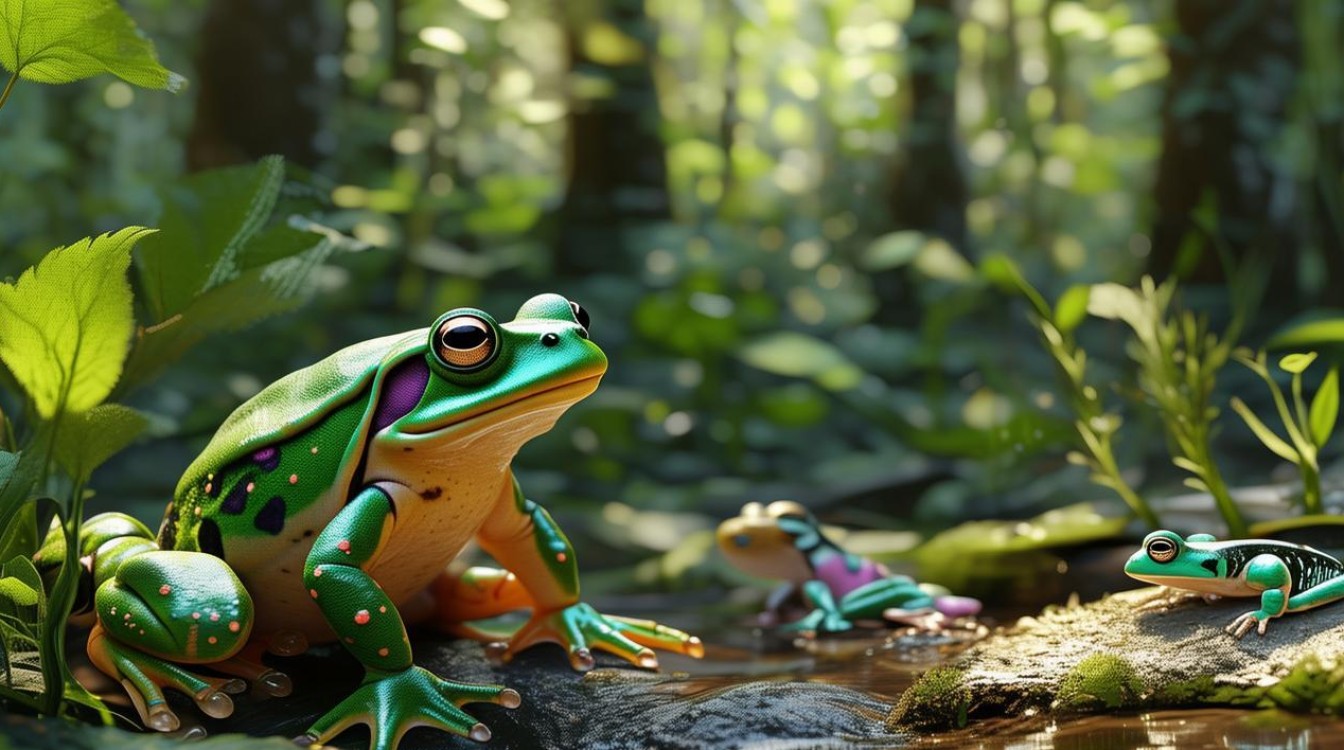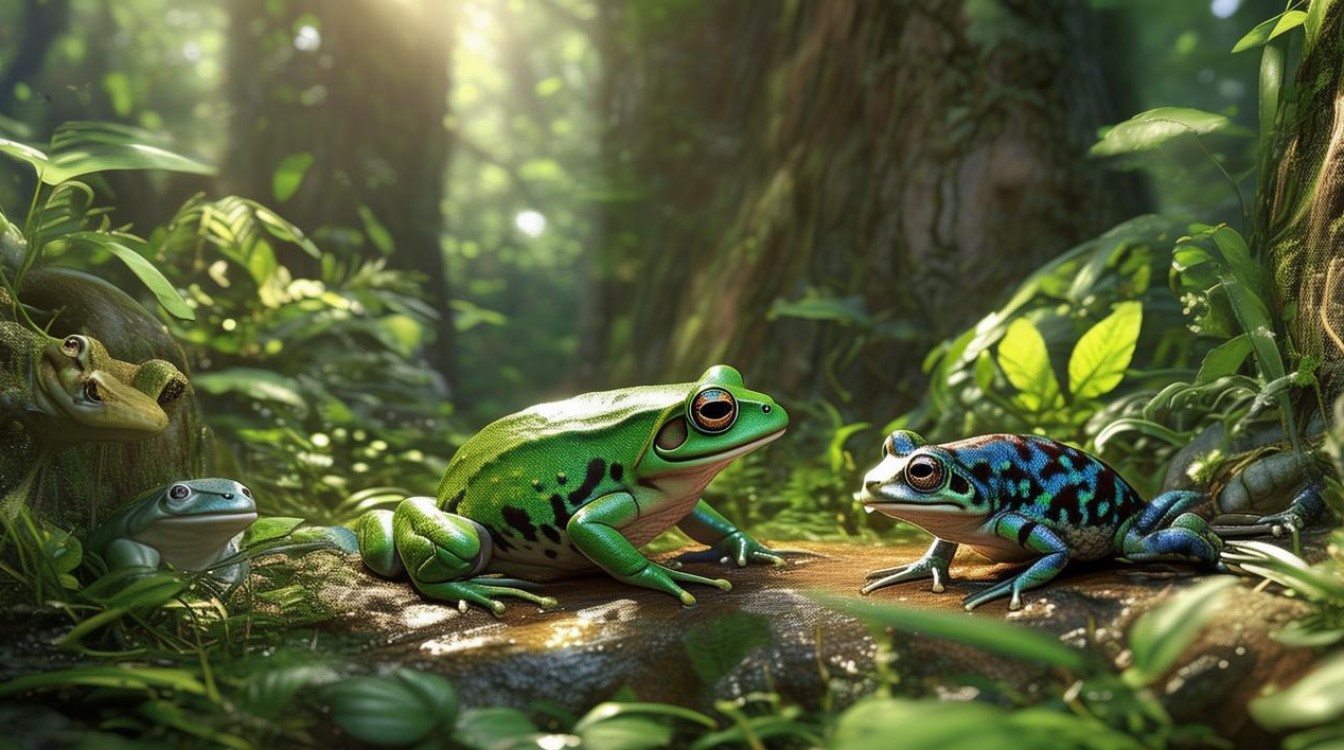Amphibians represent one of nature's most remarkable evolutionary bridges between aquatic and terrestrial life. These cold-blooded vertebrates have captivated scientists and nature enthusiasts for centuries with their unique life cycles and adaptations. For English learners, wildlife enthusiasts, or anyone curious about zoology, mastering amphibian-related vocabulary opens doors to deeper understanding of ecological systems.

Core Amphibian Terminology
Amphibian – The overarching term for this class of vertebrates capable of living both in water and on land. The word originates from Greek "amphibios," meaning "living a double life."
Metamorphosis – The biological process marking an amphibian's transformation from larval to adult form, such as a tadpole becoming a frog.
Tadpole – The larval stage of frogs and toads, characterized by gills, a tail, and aquatic existence.
Froglet – The intermediate stage between tadpole and adult frog, when limbs develop but vestigial tail remains.
Major Amphibian Groups
Frogs and Toads (Order: Anura)
Frog – Smooth-skinned, leaping amphibians with long hind legs adapted for jumping. Example: Red-eyed tree frog (Agalychnis callidryas).
Toad – Typically terrestrial with dry, warty skin and shorter legs suited for walking rather than leaping. Example: Common toad (Bufo bufo).
Tree frog – Arboreal species with adhesive toe pads for climbing. Example: White's tree frog (Litoria caerulea).
Salamanders and Newts (Order: Caudata)
Salamander – Lizard-like amphibians with slender bodies and long tails. Example: Fire salamander (Salamandra salamandra).
Newt – A subgroup of salamanders with rougher skin and distinct life stages. Example: Great crested newt (Triturus cristatus).
Axolotl – A neotenic salamander retaining larval features like external gills into adulthood (Ambystoma mexicanum).
Caecilians (Order: Gymnophiona)
Caecilian – Legless, burrowing amphibians resembling earthworms or snakes. Example: Ringed caecilian (Siphonops annulatus).
Anatomical Terms
Nictitating membrane – A translucent third eyelid protecting amphibian eyes underwater.

Cloaca – The multipurpose opening for digestive, urinary, and reproductive systems.
Parietal eye – A light-sensitive organ on some amphibians' heads, also called a "third eye."
Vocal sac – The expandable throat pouch male frogs use to amplify mating calls.
Behavioral Vocabulary
Estivation – Summer dormancy during hot, dry periods (contrasts with hibernation).
Amplexus – The mating embrace where male frogs clasp females to fertilize eggs externally.
Tympanum – The circular eardrum visible behind frogs' eyes.
Ecological Terms
Vernal pool – Seasonal wetlands crucial for amphibian breeding.
Riparian zone – The interface between land and freshwater ecosystems where many amphibians thrive.
Bioindicator – Species like frogs that reveal ecosystem health through population changes.
Conservation Terminology
Chytridiomycosis – The fungal disease devastating global amphibian populations (Batrachochytrium dendrobatidis).
Herpetology – The branch of zoology studying amphibians and reptiles.
IUCN Red List – The International Union for Conservation of Nature's threatened species classification system.

Amphibian Life Cycle Terms
Spawn – Amphibian eggs, particularly the gelatinous masses laid by frogs.
Gill – The respiratory organ of larval amphibians, later replaced by lungs in most species.
Lung – The primary respiratory organ of adult amphibians, though some species rely on cutaneous respiration.
Cutaneous respiration – Breathing through the skin, a hallmark amphibian adaptation.
Cultural and Scientific Terms
Ranidaphobia – The irrational fear of frogs and toads.
Batrachology – The specialized study of amphibians (subset of herpetology).
Frog march – An idiom originating from the way frogs move when prodded.
Notable Species Names
Poison dart frog – Vibrantly colored toxic frogs (Dendrobatidae family).
Bullfrog – Large, deep-voiced frogs (Lithobates catesbeianus).
Olm – The blind, cave-dwelling salamander (Proteus anguinus).
Measurement Terms
Snout-to-vent length (SVL) – The standard measurement for amphibians from nose to cloaca.
Temporal – Relating to the sides of the head behind the eyes in anatomical descriptions.

Evolutionary Terms
Tetrapod – Four-limbed vertebrates including amphibians and their descendants.
Labyrinthodont – Early amphibian ancestors with complex folded tooth enamel.
Research Techniques
Mark-recapture – Population study method involving tagging individuals.
Pit tagging – Inserting microchips to track amphibian movements.
Bioacoustics – The study of animal sounds, crucial for frog call identification.
Mythological Connections
Kappa – Japanese water spirits modeled after salamanders.
Heket – Ancient Egyptian frog-headed goddess of fertility.
Mastering this lexicon enhances appreciation for amphibians' ecological roles while providing precise language for scientific communication. Their permeable skin makes them environmental sentinels, with population declines often signaling ecosystem distress. Beyond biology, amphibian terminology permeates literature, with phrases like "toadying" or "tadpole" entering common parlance.
The vocabulary of herpetology continues expanding as researchers discover new species and behaviors. Recent findings about amphibian communication through vibrations or chemical signals introduce fresh terminology annually. For conservationists, precise language proves vital when advocating for wetland protections or combating fungal outbreaks.
From Darwin's frog (Rhinoderma darwinii) carrying tadpoles in its vocal sac to the paradoxical freezing tolerance of wood frogs (Lithobates sylvaticus), amphibian adaptations inspire both scientific terms and public fascination. Their dual existence in water and land ecosystems makes them living bridges between worlds – a concept embedded in their very name.
Understanding amphibian vocabulary ultimately connects us to broader ecological networks. When we discuss vernal pools or metamorphosis, we acknowledge intricate life cycles sustaining biodiversity. The language of amphibians serves not just scientific classification, but as a reminder of nature's interconnectedness.


